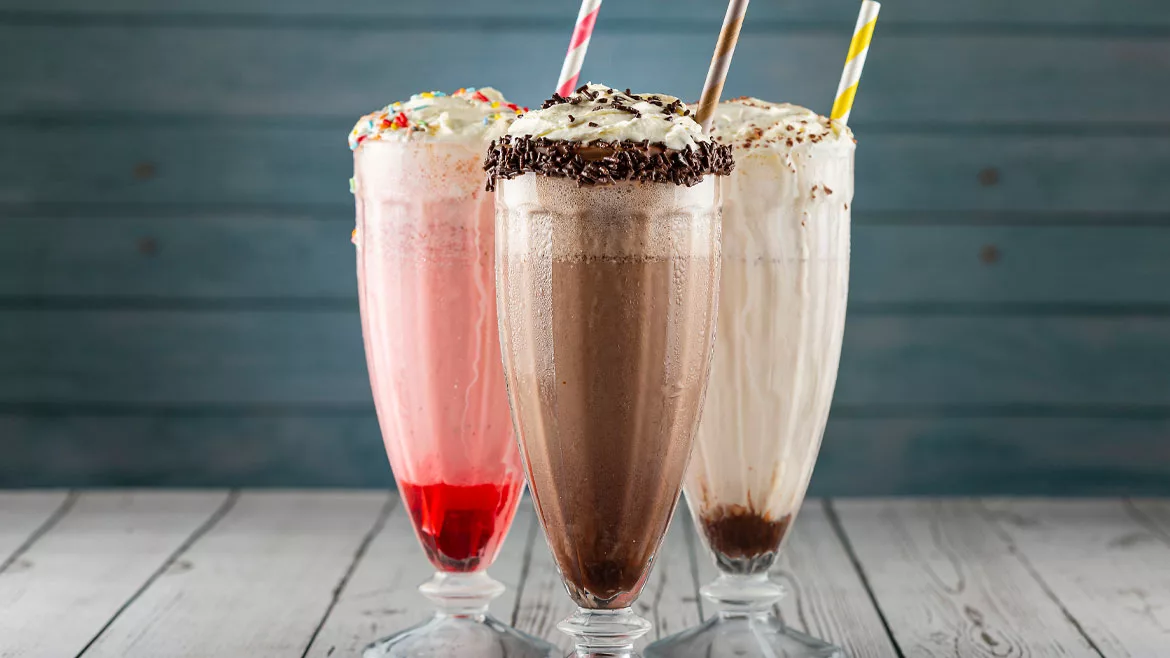Clear Resolutions
Clear Resolutions
By Jennifer Zegler
New cap and closure designs reduce weight, environmental impact
Weight woes and higher
morals are not only the territory of New Year’s resolutions —
manufacturers of caps and closures are concerned about them as well.
Skyrocketing material costs and sustainability concerns have brought
lightweighting and green plans to the forefront of the closure industry.
“In the beverage market, it is a highly
competitive marketplace and one of the vehicles to deliver improved profit
margins is to reduce packaging costs,” says John Grainda, marketing
manager for carbonated soft drinks for Alcoa Closure Systems International,
Indianapolis. “One way is to lightweight — or take plastic
and/or material out — to arrive at a cost-reduced package. It’s
not guaranteed or automatic. We are continually looking to reduce cost,
reduce packaging and help the environment.”
Alcoa continues to promote its Xtra Lok Mini, a
lightweight, two-piece closure designed specifically for carbonated soft
drinks that was introduced in 2006. Last year, the Mini profile grew to
include the MB-Lok Mini, designed for cold-fill malt beverages, and
Omni-Lok Mini, which is a liner-less closure for carbonated beverages. The
28-mm. MB-Lok Mini closures are capable of handling multi-serve PET package
sizes up to 2.5 liters.
Additionally, Alcoa continues to develop new closures
using minimum packaging while maximizing performance, Grainda says. In the
pipeline are lightweight closures for bottled water applications, he
explains. The company also is working toward solutions for other packaging
line issues, such as line conversions for manufacturers seeking to run CSDs
and water on the same lines.
“Our systems integration support helps improve
operation and integrate capping equipment and service,” Grainda says.
“One of Alcoa’s signatures is global expansion. In 2007, we
completed a number of line conversions and will be expanding that in 2008.
We provide total capping solutions for beverages and bottling conversions
as seamlessly as possible.”
Also highlighting its lighter weight closures is
Portola Packaging, Batavia, Ill. The company offers its 38-mm. DBJ closure
for dairy applications, which is the company’s primary focus.
According to Roy Robinson, vice president of strategic marketing, the
38-mm. DBJ features a plug seal and approximately 10 percent savings over a
typical lined closure.
In addition, last year was a busy year as Portola
Packaging expanded its 38-mm. product line for juice applications, which it
sees as a new application area in addition to aseptic products. The cap,
with liner, offers a 10 percent savings in resin weight, Robinson says, and
expanded its international presence this year. The company also offers the
Zork wine closure, which it expects to increase in popularity in 2008,
Robinson says.
Getting green
Cap and closure manufacturers also are talking about
going green in 2008. Companies, including Portola Packaging, have initiated
greener products as well as business practices. Portola has made green
concerns part of its corporate mission and has a dedicated “Green
Team” that identifies ways to reduce the company’s footprint.
A manufacturer of closures for the milk, bottled water
and juice industries, Blackhawk Molding, also is looking forward to a
greener 2008. The company has had an active year launching new closures,
including the Clear Cap, which removes colorant and tamper-evident rings
from milk packaging.
The company’s most popular four-threaded,
tamper-evident and leak-avoidant Super Quad cap was the inspiration for the
2007 launch of its Super Quad II cap. The Super Quad II features a shorter
profile than its predecessor and originally was constructed for school
lunch applications. Yet, the lighter and less expensive Super Quad II has
been found to have “broader potential application,” says Dale
Berg, general manager for the Addison, Ill.-based company.
Early this year, Blackhawk Molding will introduce its
new patented Fresh Strip packaging innovation. A cap using the Fresh Strip
features a lighter weight and no colorant, which helps to minimize cost.
The strip also maintains tamper evidence when the Fresh Strip band is
adhered over the cap and bottle neck, Berg explains.
Berg adds that its lineup of new products offers
recycling advantages and environmental responsibility. Blackhawk has taken
steps to reduce the carbon footprint of its products and manufacturing
operations, which is an important aspect of the company’s future
goals, he says.
“Blackhawk believes that the future entails
going ‘green,’” Berg says. “We will continue our
efforts to be environmentally responsible in the future. Our product line
will reflect our efforts to help our customers reach their goals of
reducing environmental impacts by making packaging more lightweight, and
better for the environment in every way.”
The company also added the Original Cap from Seaquist
Closures, Mukwonago, Wis., to its portfolio this year. The Original Cap is
a flip-top sports-style closure that has been popular in Europe for some
time, according to John Miguel, national account manager for Seaquist
Closures’ beverage division. It is offered in 28-mm. and 26.7-mm.
sizes and in a variety of color combinations.
Seaquist Closures also designated a sustainability
team. The team is the result of a larger effort by Seaquist Closures’
parent company Aptar Group to create a corporate wide green initiative. The
company is working on sustainability plans with initial focus on complying
with Wal-Mart requirements.
Customer-focused plans
Not everyone’s mind is solely focused on
becoming lighter or greener. Additional cap and closure manufacturers are
looking at other parts of the business. Easier-to-open closures are top of
mind for IPEC (International Plastics & Equipment Corp.), New Castle,
Pa.
“We continue to see the market looking for
packages that are more user-friendly to open and close and offer a more
reliable seal,” says Jay Martin, vice president of operations for
IPEC. “As the single-serve market continues to grow, the package must
be reliable and able to be easily utilized by any age demographic,
including small children and the elderly.”
IPEC introduced the 38-mm. ISO drop lock design
screw-on cap. The closure uses triple-seal technology for a better fit,
while retaining flexibility, he says. The cap also is designed for any size
bottle from single-serve to gallon sizes.
In addition to the ICD five-lead screw closure for
dairy applications, IPEC also released a 55-mm. 5-gallon HOD closure for the water industry. The new 5-gallon
closure is a one-piece non-spill closure that will reseal upon removal from
a water cooler and has a sealing bead on the inside of the cap to ensure
fewer leaks, Martin says. The design also helps to reduce the overall cost
to produce the closure, which is passed on to the customer, he adds.
For Vitro Packaging, Plano, Texas, the wine industry
is the trendiest part of its business. The company is working on screw-cap
innovations for wine, explains John Shaddox, president of Vitro Packaging.
“The screw-cap technology is making a real
impact in this segment of the marketplace,” Shaddox says. “The
screw-cap is easy to reseal, and new sophisticated appearance
characteristics are making this technology more appealing to the final
customer, therefore, advancing this closure system 25 percent in the last
year alone.”
Through subsidiary Vitro-Solutions, the company
developed stock wine bottle models featuring its GPI-1680 screw-cap finish,
Shaddox says. Its Symphony and Etude bottles are available with screw-cap
closure for winemakers.
Safety precautions
The role of caps and
closures in delivering a safe beverage is paramount, but additional
concerns exist when closing a beverage. Additives provide an extra layer to
keep a beverage fresher for longer. Oxygen scavenging sealants, such as
Celox from Grace Darex Packaging Technologies, Cambridge, Mass., protect
the freshness of oxygen-sensitive beverages.
Grace Darex’s Celox product protects plastic
packaging from external oxygen penetration as well as fights against the
oxygen in the bottle’s headspace. The scavenger is available for
application in sealants for beer, juice, tea and sports drinks. It can be
applied to a variety of closures including plastic and metal options.
Portola Packaging’s Roy Robinson, vice president
of strategic marketing for the Batavia, Ill.-based company, said oxygen
scavenging additives were added to its 38-mm. closure in the United
Kingdom. He speculates this might be the beginning of a new trend of adding
oxygen scavengers to closures.
Looking for a reprint of this article?
From high-res PDFs to custom plaques, order your copy today!


